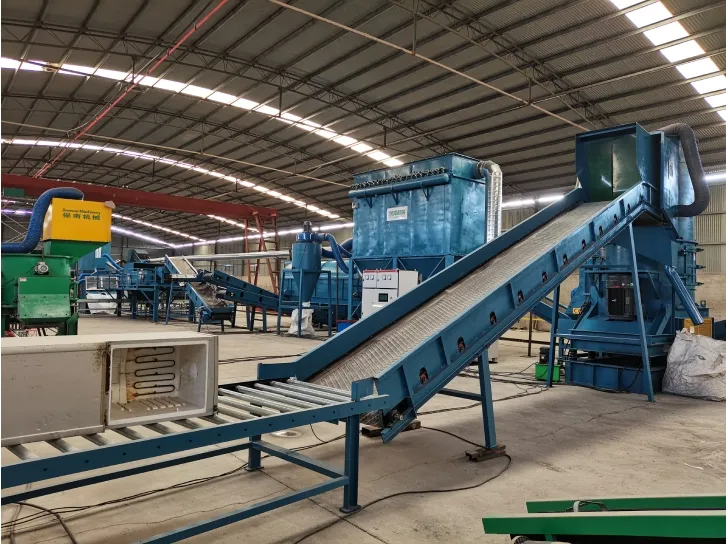In an age dominated by rapid technological advancements, electronic waste, or e-waste, is an ever-growing concern that demands thoughtful action. Disposing of electrical items requires more than just tossing them into the trash; it necessitates a combination of environmental awareness, adherence to regulations, and commitment to sustainability. Here's a comprehensive guide on how to responsibly dispose of electrical items, reflecting the latest best practices and insights from industry experts.

Begin by Assessing the Item
Before embarking on the disposal process, assess whether the electrical item is still functional or repairable. Devices that are outdated yet operable can be donated to charities, schools, or community centers. Various organizations seek second-hand electronics for educational and operational use, providing them with a new lease of life and reducing waste.
Understand E-Waste Regulations
Each country, and sometimes, specific regions within countries, have unique regulations regarding e-waste disposal. Familiarize yourself with local legislation to ensure compliance. For instance, the European Union implements the Waste Electrical and Electronic Equipment (WEEE) Directive, which mandates that manufacturers assist in the recycling of electronics. In the United States, e-waste regulations vary by state, necessitating a localized approach.

Consider Manufacturer Take-Back Programs
Many electronics manufacturers offer product take-back programs where they accept old devices of their brand for recycling. This initiative not only ensures that electronics are dismantled and disposed of in an environmentally friendly manner but also relieves consumers of the responsibility of finding a recycling facility. Brands such as Apple, Samsung, and Dell have robust programs aimed at reducing the environmental impact of their products.
Utilize Certified E-Waste Recycling Facilities
For items that are beyond repair or donation, turn to certified e-waste recycling facilities. These centers specialize in dismantling electronics and recovering valuable materials like gold, silver, copper, and rare earth metals. Certified facilities abide by rigorous environmental standards, ensuring that e-waste is processed with minimal ecological impact. Look for certifications such as R2 (Responsible Recycling) or e-Stewards, which guarantee environmentally sound practices.
how do you dispose of electrical items
Data Security Considerations
Handling unwanted electrical items, particularly those that store personal data like smartphones, computers, and printers, necessitates stringent data security measures. Before disposal, permanently erase all personal information using specialized software or by physically destroying the hard drives. This step is crucial to protect against data breaches, a growing concern in today's digital age.
Environmental Impact Awareness
Electric items contain hazardous materials such as lead, cadmium, and mercury that can harm the environment if not properly managed. Dumping e-waste in landfills leads to soil and water contamination. By conscientiously managing the disposal process, you contribute to reducing the carbon footprint and safeguarding natural resources.
Promote a Zero Waste Culture
The ultimate goal in disposing of electrical items is fostering a zero-waste culture, where the emphasis lies in reducing, reusing, and recycling. Encourage your peers, colleagues, and family members to adopt similar environmentally conscious behaviors. Through awareness campaigns and community initiatives, increase the public's understanding of responsible e-waste management.
Stay Informed About Technological Innovations
Keep abreast of technological innovations that aim to transform how we deal with obsolete electronics. Businesses and non-profits are developing novel recycling techniques and sustainable materials to replace traditional electronic components, reducing future e-waste. Staying informed not only ensures compliance with emerging standards but also allows participation in cutting-edge sustainability efforts.
The process of responsibly disposing of electrical items is an essential facet of modern environmental stewardship. By assessing item conditions, adhering to regulations, participating in manufacturer programs, utilizing certified facilities, ensuring data security, and promoting a culture of zero waste, you actively contribute to a sustainable future. As technology continues to evolve, responsible disposal becomes not just a task, but a commitment to preserving our planet for future generations.


